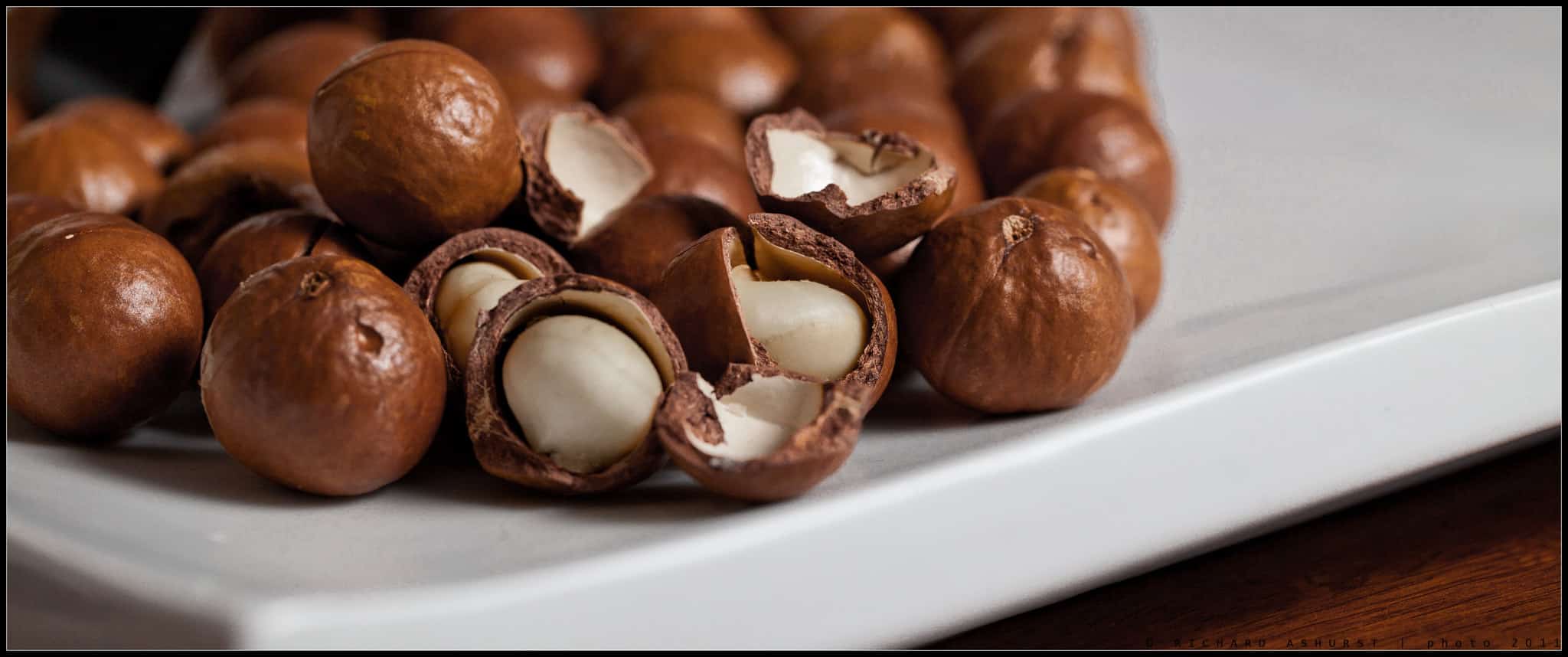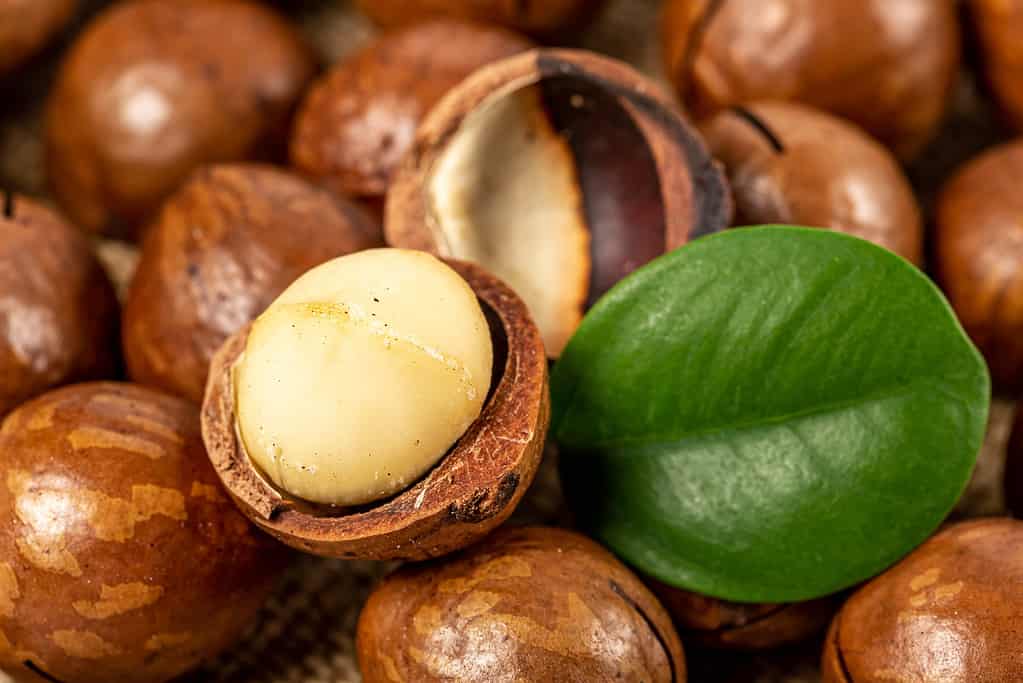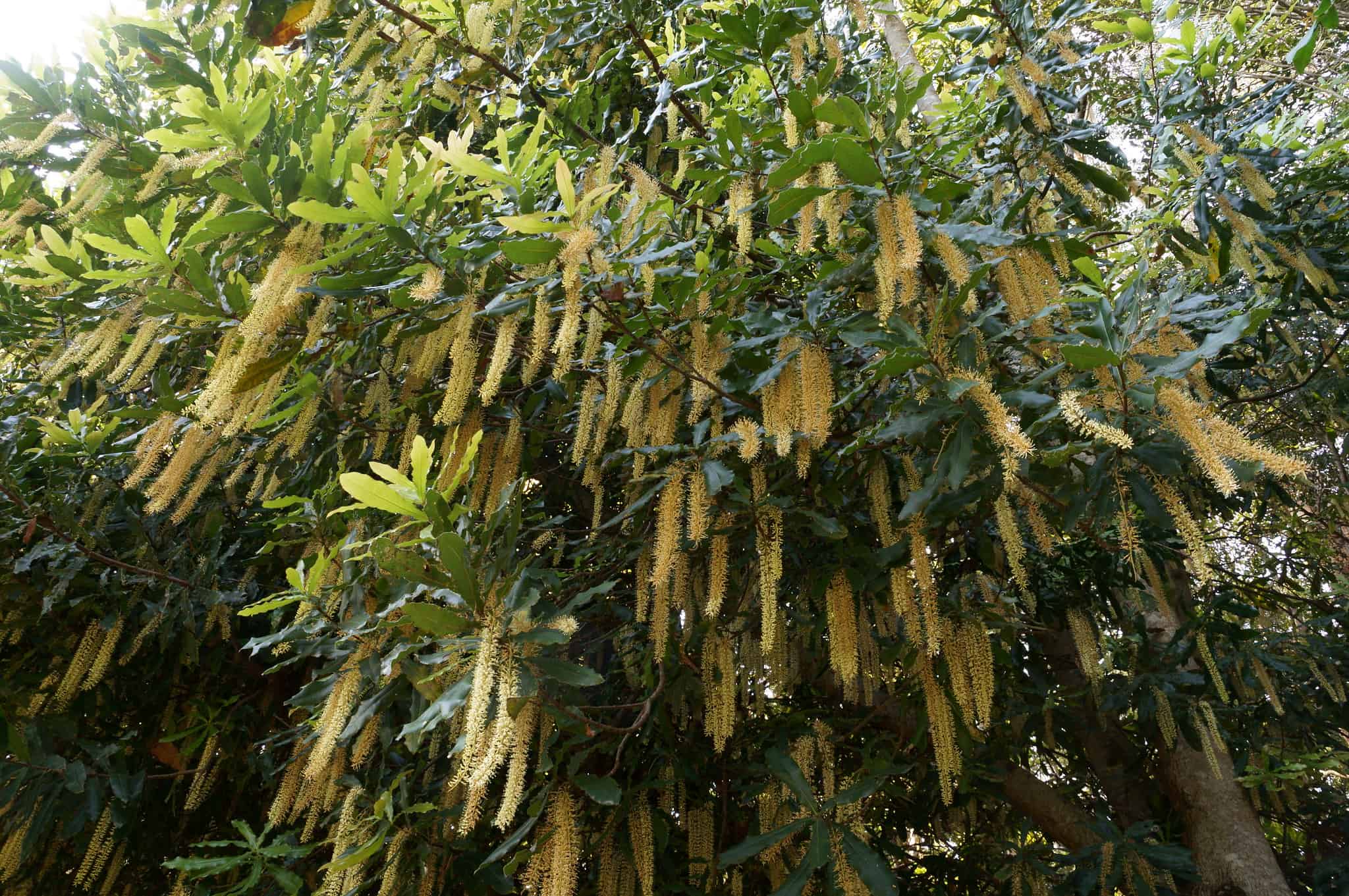
Macadamia nuts are a delicious crunchy snack and a healthy ingredient in many desserts, but have you ever wondered where macadamia nuts come from? By that I mean, what tree they come from?
According to a new study, the majority of the world’s commercial macadamia nuts come from one single tree in the town of Gympie, Australia. We’re not talking about one gargantuan tree — here’s what I mean.
From Australia, going global
Tracing its history back to Australia, the macadamia nut has an interesting tale to tell.
Macadamia is not just one species — it’s actually four species. But when we’re talking about macadamia nuts, it’s almost always one species: Macadamia integrifolia, originally found in the subtropical rainforests.
Macadamia nuts have long been an important source of food for the Aboriginal peoples who inhabited these areas. However, in the 19th century, these nuts embarked on a journey that would turn them into a global sensation.
A few entrepreneurial explorers harvested macadamia nuts and planted trees in Hawaii, where the conditions were suitable. By the 1880s, several tree patches were already growing in Hawaii. By 1920, Hawaii was the world’s largest commercial producer of macadamia nuts. Over the past 50 years, the macadamia industry has witnessed rapid global expansion, with Australia, South Africa, Kenya, and the United States emerging as major producers.
These new producers took their cultivars from Hawaii. But here’s the catch: the trees were cloned.

In commercial orchards, macadamias are predominantly reproduced via grafting. Every grafted tree is genetically identical to its parent, leading to a homogenous orchard with limited genetic diversity.
Essentially, producers cloned the trees from Hawaii. But the trees from Hawaii were themselves cloned from trees in Gympie, Queensland, Australia.
Or rather, as a new study suggests, they were cloned from one tree in Australia.
A tough nut to crack

The researchers took hundreds of DNA samples from macadamia trees in Australia and compared them to samples of commercially grown trees from Hawaiʻi (which make up around 70% of the world’s global commercial production)
Remarkably, most Hawaiian cultivars share a genetic profile. Most Hawaiian macadamia trees bore genetic markers that led back to a specific population in Queensland’s Gympie Region. This suggests that the Hawaiian cultivars likely originated from a limited number of seeds from these Australian locations. This narrow genetic base is thought to stem from just a few trees — or possibly, a single one.
If this is the case, we’ve been cloning the same tree or couple of trees to produce most of our macadamia nuts. In addition to being a bizarre situation, this also highlights a potential problem.
This means that macadamia plantations are very uniform genetically. This uniformity, while beneficial for consistent production, places the entire crop at heightened risk for diseases and climate change impacts. Something similar happened to bananas — growers relied on a single cultivar, and because of disease, that cultivar went extinct.
In stark contrast to their cultivated counterparts, wild macadamia trees in Australia showcase a rich genetic tapestry. This diversity is a natural defense mechanism, allowing these trees to better withstand environmental stresses. The study’s findings highlight a potential reservoir of genetic traits that could be harnessed to broaden the genetic base of commercial macadamias, thereby enhancing their resilience.
But Australian macadamia nuts are also in a bit of trouble.
Environmental factors, such as land development, have led to the threat status of several wild macadamia species. Conservation efforts are now more crucial than ever, with initiatives to identify and preserve old macadamia trees harboring rare DNA. These efforts are not just about saving a species; they’re about preserving a genetic heritage that could be key to the nut’s future.
The study was published in Frontiers in Plant Science.


